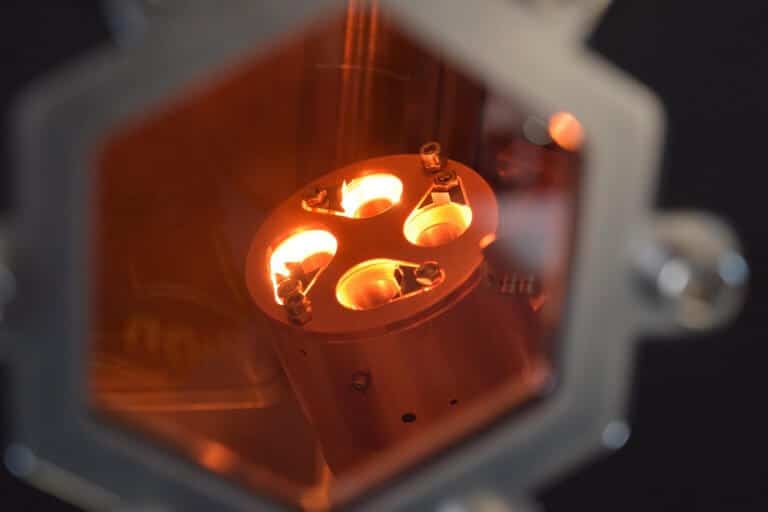
Difference between LPCVD and PECVD
Difference between LPCVD and PECVD By operating at high temperatures in a low-pressure environment, LPCVD is able to produce high-quality, dense and homogeneous films.

Difference between LPCVD and PECVD By operating at high temperatures in a low-pressure environment, LPCVD is able to produce high-quality, dense and homogeneous films.
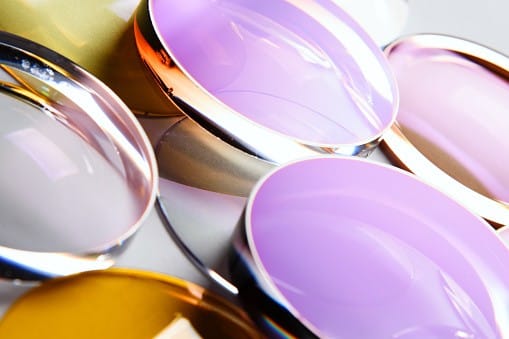
Principles and Applications of Optical Coating Technology The process principle of optical coating mainly involves the deposition of one or more layers on the surface of an optical element (e.g., lens, mirror, prism, etc.).
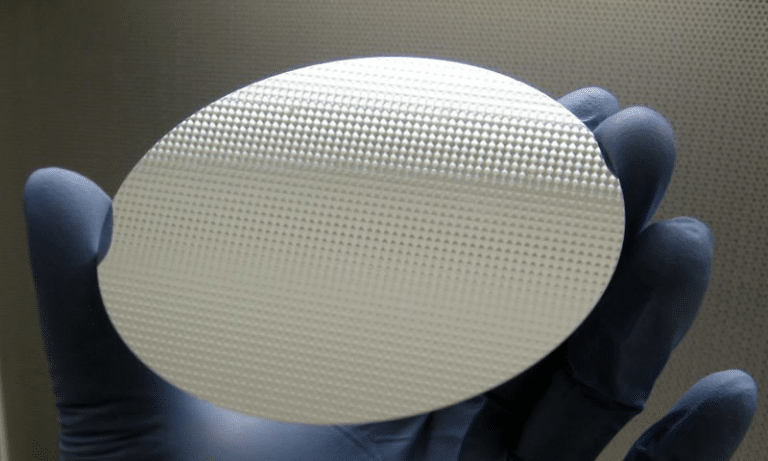
Effect of annealing process on platinum resistors In the field of high-precision temperature measurement, thin-film platinum resistors are gradually replacing the traditional platinum resistors due to their high stability and high precision characteristics.
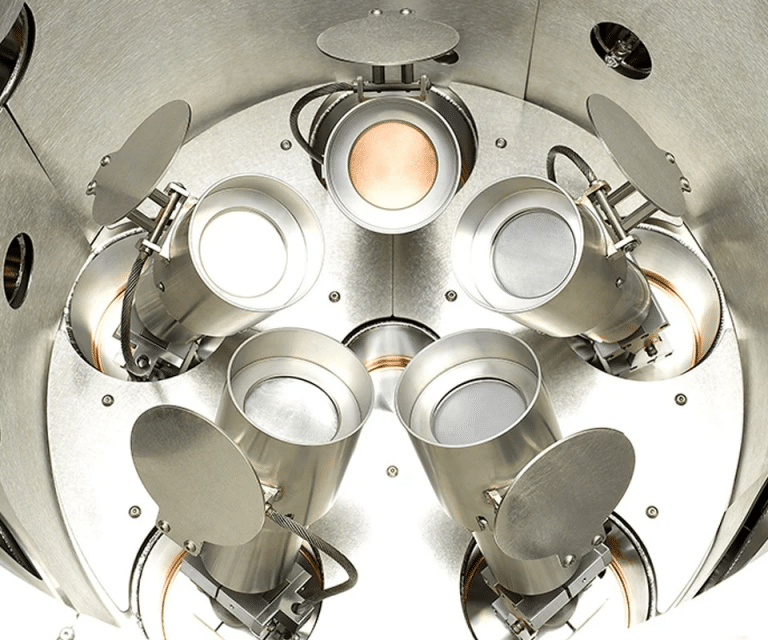
Magnetron sputtering丨process for making platinum temperature sensors In the field of modern science and technology, temperature sensors play an important role as key measuring devices in various industries.
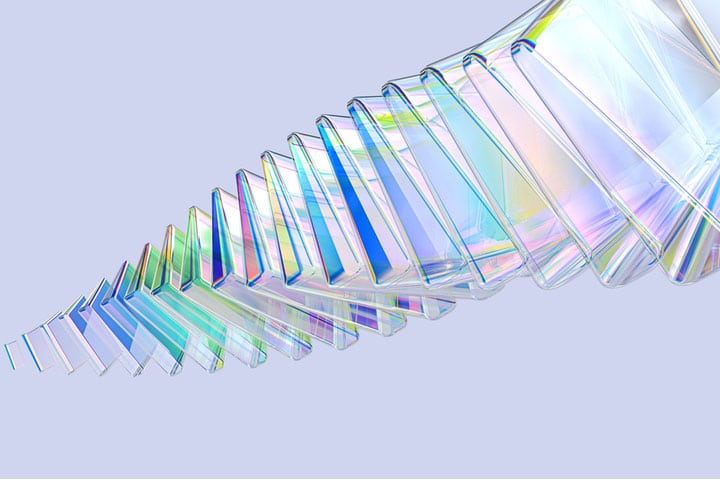
Silicon Nitride Films in Optical Applications Silicon nitride films, as a typical optical thin film material, have important applications in the field of optical thin films
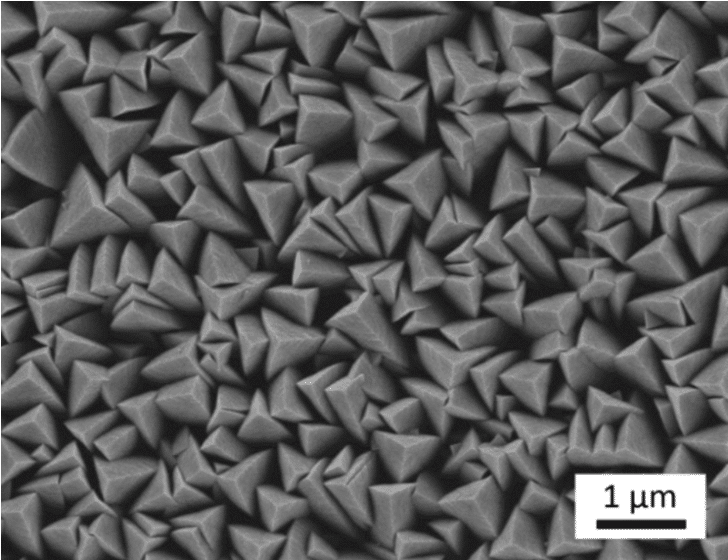
Preparation of Titanium Nitride (TiN) Thin Films by ALD Process Titanium nitride (TiN) thin films prepared by the atomic layer deposition (ALD) process have high hardness and are highly resistant to corrosion.
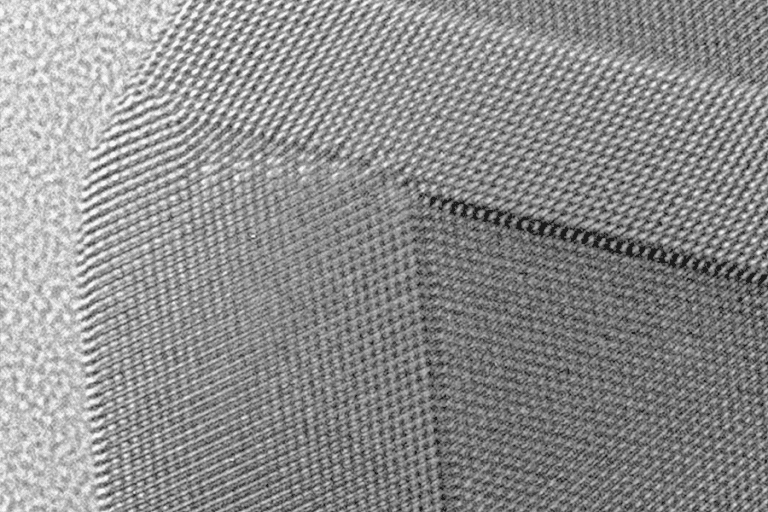
Difference between ICPCVD and PECVD for Silicon Nitride Thin Film Preparation ICPCVD(Inductively Coupled)
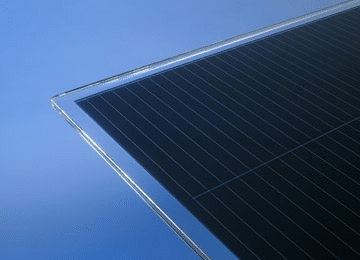
Variation of Refractive Index and Absorption Coefficient of Amorphous Silicon at Different Wavelengths In studying the optical properties of amorphous silicon, the refractive index (n) and absorption coefficient (k) are
.jpg)